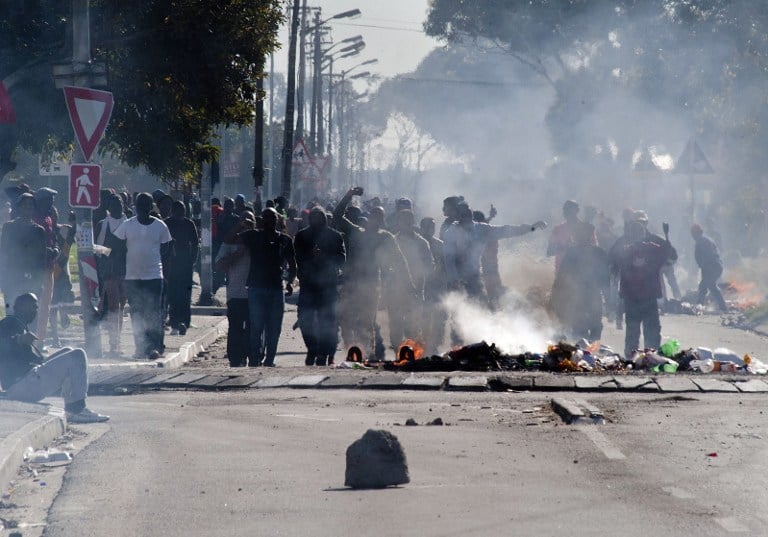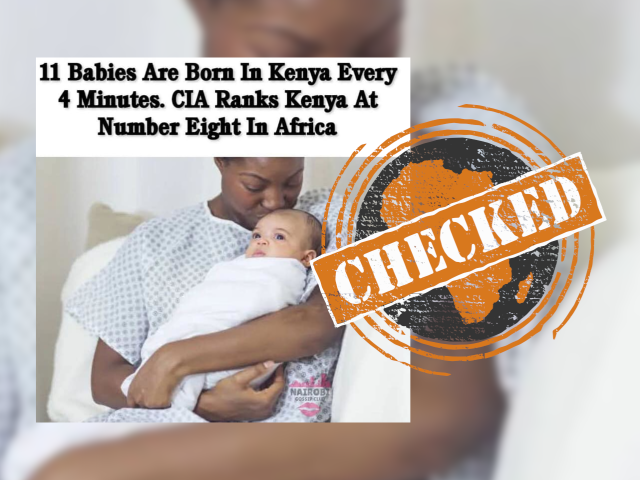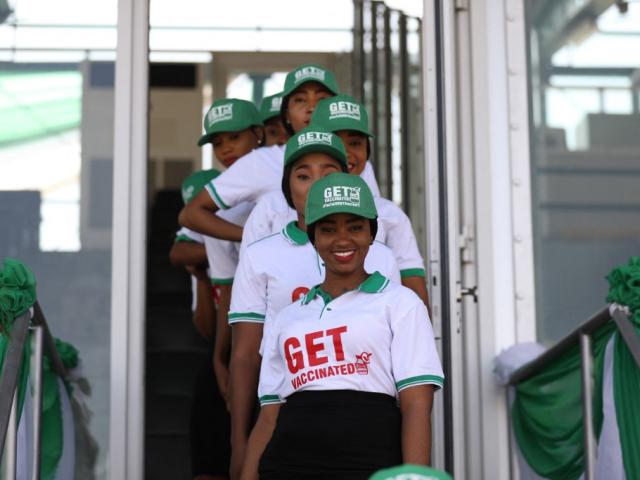This article is more than 8 years old
South Africa’s economy is in a “huge mess”, and this is fueling social unrest, The Economist reported earlier this year.
“The [Institute for Race Relations], a think-tank in Johannesburg, says that protests have nearly doubled since 2010,” the magazine added.
The claim was also made by local website News24 and in a SABC News report.
Is it correct? To answer this, we need to distinguish between different definitions of a protest.
Think-tank relied on police annual report
The source quoted by the news media is a press release issued by the South African Institute of Race Relations (IRR) in May.
It stated: “There has been a 96% increase in social protests in South Africa since 2010”, and listed the South African Police Service’s annual report for 2013/14 as the source.
A table in the police’s annual report sets out that there were 971 “unrest-related incidents” in 2010/11 and that it had risen to 1,907 in 2013/14 – a 96% increase.
| Crowd-related incidents | ||||
| 2010/11 | 2011/12 | 2012/13 | 2013/14 | |
| Peaceful incidents | 11,680 | 10,744 | 10,517 | 11,668 |
| Unrest-related incidents | 971 | 1,194 | 1,882 | 1,907 |
| Total | 12,651 | 11,938 | 12,399 | 13,575 |
The institute called the unrest-related incidents “social protests” because they believe social conditions drive protests, research analyst Gabriela Mackay told Africa Check.
“The term social protests in our view is a far better description of the protest phenomena in the country,” Mackay said. She added that there was “no particular reason” why 2010 was selected as the starting year for their comparison.
How police record crowd-related incidents

The South African Police Service doesn’t use the term “protests”, but refer to and record “crowd-related incidents”. When the police are called out to maintain public order, the reason for their deployment is recorded in the police’s Incident Registration Information System (IRIS), lieutenant-colonel Vernon Day, head of public policy, standards, and research at the police, told Africa Check.
Staff at the national public order policing unit then centrally check, store, and analyse the data. From notes recorded by a unit officer, the incident is assigned a motive from a dropdown list of options.
According to a report by researchers of the Social Change Research Unit at the University of Johannesburg (UJ) - called “South African Police Service data on crowd incidents: A preliminary analysis” – motives for a crowd-related incident range from a funeral to a sporting event or dissatisfaction with service-delivery. There are also a number of more obscure motives such “ideological conflict”, “in sympathy with oppressed” and “expanding of power base”.
Peaceful crowd-incidents are incidents that only require monitoring by the police. An incident falls in the “unrest” category when the police intervenes to maintain public order - like pushing back, making arrests or clearing a blocked road.
If police alter the behaviour of the crowd, like allowing for a car to pass through or directing their movement, this could change the classification of an incident from “peaceful” to “unrest”, UJ researcher Dr Carin Runciman told Africa Check. However, they haven’t found enough evidence for this in their preliminary analysis of the database.
Some incidents appear to be wrongly classified
For their report, the UJ academics obtained all of SAPS’ raw entries of crowd-related incidents between 1997 and 2013. According to their findings, many incidents appeared to have been wrongly classified.
Somes incidents were marked as peaceful, but then the notes indicated that arrests were made or dockets opened. An incident from 2011 was classified as “unrest”, but the notes stated that politicians addressed residents at a local high school as part of an election campaign and they “dispersed peaceful[ly]”.
Discrepancies were attributed to poor recording, frequent errors, and “insufficient diligence” by the police, but Day contested this, saying that recording personnel were guided by existing templates and their manual.
‘Not a protest database’

Because of limitations in the way police record crowd-related incidents, one “cannot substantiate [The Economist’s] claim” using the incident reporting database, Lizette Lancaster, analyst at the Institute for Security Studies (ISS), told Africa Check.
“The database can give some indication about the nature and number of protests, but it is not a protest database,” she said.
Another UJ academic echoed this. Jane Duncan, journalism professor and former executive director of the Freedom of Expression Institute, researched the state of protest action in South Africa for her recent book, The Rise of the Securocrats.
She told Africa Check that it is impossible to deduce from the police’s incident database how many incidents were “protests”.
The Social Change Research Unit at UJ is working on a second report that will provide an estimate of the number of crowd management incidents that could be viewed as protests.
What do we know about the prevalence of protests?
When the media reports on communities organising marches and sit-ins, or barricading roads and burning tyres, “service-delivery protest” is used as a catch-all label, the ISS’ Lancaster said.
But, she explained it is “extremely difficult” to lump all protests in South Africa under one label: “Some are social, some could have far more political motives.”
The UJ researchers found “some evidence” of the increasing occurrence of “incidents related to dissatisfaction with service-delivery”. In their report they stated: “Indeed, the fact that this motive option was introduced suggests that public order police were responding to an increasing number of these kinds of incidents.”
Data from other organisations - relying mostly on media reports - indicate an increase in “service-delivery protests” over the past four years. Independent research company Municipal IQ set up a “Hotspots Monitor” in the wake of a series of protests in the Free State province in 2004.
Municipal IQ compiles their data from media reports and police press releases, but only tracks and records protests in municipalities. One of their economists, Karen Heese, told Africa Check in 2010 they had counted 111 major “service delivery protests”, defined as a “clear dissatisfaction with the management of a municipality”, whether violent or peaceful. In 2014 this had risen to 191 - indicating a 58% increase over the time period.
Monitoring by the Multi-Level Government Initiative (MLGI) at the University of Western Cape, again based on media reports and focused on municipalities, showed a similar increase.
One of their analysts, Michael O’Donovan, told Africa Check they have recorded a 66% increase in service-delivery protests between 2010 and 2014. O’Donovan explained that these protests are defined as any protest action against municipalities, whether peaceful or violent, excluding other actions such as labour protests and civil obedience campaigns.
But building databases based on media reports is only the “first step” in understanding how many protests take place, Lancaster told Africa Check.
“Media reports do not paint a complete picture and have their natural biases toward protests occurring in metropolitan areas and those that are more violent, rather than showing peaceful ones,” she said.
Conclusion: The claim cannot be substantiated with police data
The South African police are called out to manage public order in a range of situations, from sporting events to election campaigns, and what is conventionally seen as “protests”. The incidents are classified as peaceful or unrest-related, but the distinction is based on whether the police had to intervene, and not the crowd’s intention or behaviour.
Given these limitations, and problems with the way police data is captured and analysed, the “unrest-related incidents” recorded by the police cannot be uniformly assumed to mean “protests”. It is therefore wrong to calculate that protests have increased by 96% between 2010 and 2014 based on this category.
That said, the figures from organisations that collect data on peaceful and violent “service-delivery protests” against local governments, showed a marked increase between 2010 and 2014. However, their data may not be conclusive as it is largely based on media reports and focused on municipalities.
Additional reading
2015 State of the Nation address: President Jacob Zuma's claim about unrest
COMMENT: Politicians and police are misusing unrest figures





Add new comment